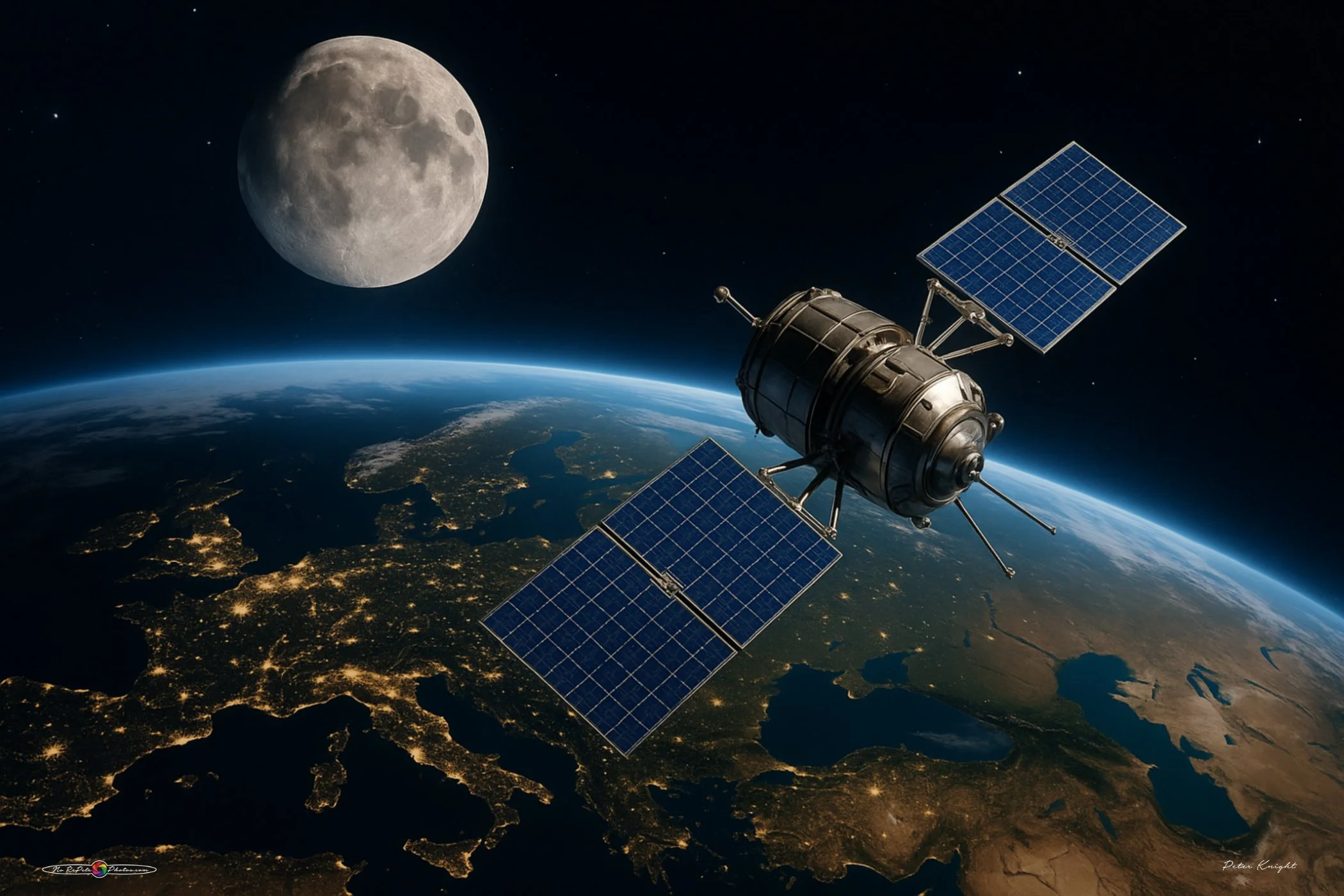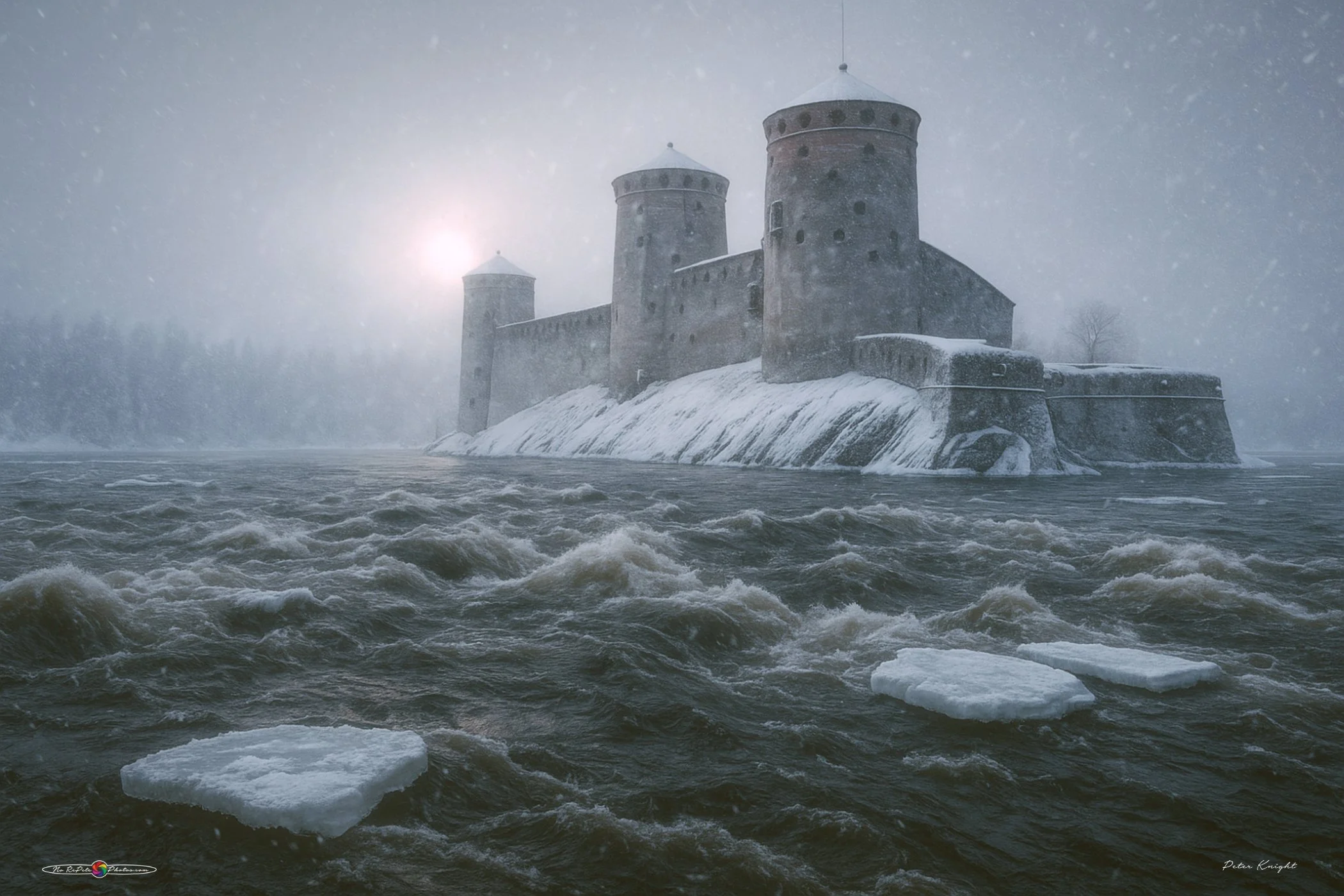Exploring the Strengths and Weaknesses of AI in Visual Art
As I continue to explore the creative potential of AI, I’ve been reflecting on both its strengths and its limitations, especially in the context of generating visual art. Like any tool, understanding how to use it effectively means recognizing where it excels and where it still needs improvement.
🔹 The Strengths of AI Art
One of AI’s biggest advantages is its speed. You can go from concept to creation in minutes. With the right prompts, AI can generate visually compelling images that would take hours, if not days, to illustrate or composite manually. This makes it an ideal tool for brainstorming, concept development, and storytelling.
However, success with AI doesn’t happen by accident. To get the best results, you need to be highly descriptive. Your prompt needs to paint a picture with words explaining not just the subject, but also the mood, lighting, viewpoint, environment, and even the type of lens or artistic style. It’s a creative process in itself.
Think of it like directing a movie scene: if you want a dramatic wide shot of a mountain climber at dawn with mist swirling around the peaks, you have to communicate every detail with intention. The more creative and precise you are in your description, the better the AI can interpret your vision.
🔻 The Weaknesses of AI Art
As powerful as it is, AI still has some key weaknesses, particularly when it comes to scale and detail.
1. Scaling Challenges
One of the biggest challenges I’ve faced is teaching AI to understand relative size between different elements. For example, I recently generated an image of a sunken battleship resting on the seafloor, accompanied by a whale shark and a scuba diver. While the overall composition was close to what I envisioned, the scaling was completely off. In some versions, the scuba diver was larger than the whale shark, or the battleship looked like a toy next to the diver.
Fixing this required editing in the picture in Affinity Photo to resize the whale shark and scuba diver. This ensure the scaling to be correct.
2. Lack of Fine Detail
Another consistent issue is detail or rather, the lack of it.
Even with the most descriptive prompts, AI-generated images often miss the finer elements that give a scene authenticity and realism. Textures on buildings may be blurred, foliage may lack variation, and man-made objects like railings, cables, or tools may appear distorted or simplified. This becomes especially noticeable when you zoom in or require the image for high-resolution commercial use.
In short: AI is great at capturing essence but still lacks precision.
🧩 So Where Does AI Fit?
If you're creating concept art, mood boards, or abstract visuals where scale and ultra-fine detail aren't critical, AI is an excellent tool. It’s ideal for early-stage ideation or for artists and designers who want to experiment quickly without investing heavy production time.
However, for high-end commercial work especially in industries that demand realism, brand accuracy, or technical precision AI still falls short. This includes advertising, architectural visualization, product design, or anything requiring consistent quality and control over elements like proportions, lighting, and texture.
That said, AI is advancing fast. We’re already seeing improvements in prompt accuracy, model sophistication, and even AI’s ability to “understand” context better. AI is built on a CI/CD model Continuous Improvement, Continuous Development. The tools we use today will look very different in just a few months.
🚀 Final Thoughts
AI is not a replacement for creativity; it’s a catalyst for it. When used thoughtfully, it becomes a partner in the creative process. But just like any tool, it has limits. Understanding those limits is what helps you use it effectively.
As AI continues to evolve, it’s worth staying curious, experimenting, and pushing its boundaries, while always maintaining a critical eye on quality and purpose.
Have you explored using AI in your creative work? What strengths or challenges have you experienced? I’d love to hear your thoughts.
I’m even using AI a planning tool to create a mock-up for my shoots from product photography to landscape photography. Which is something I’m looking into now in more detail.
















